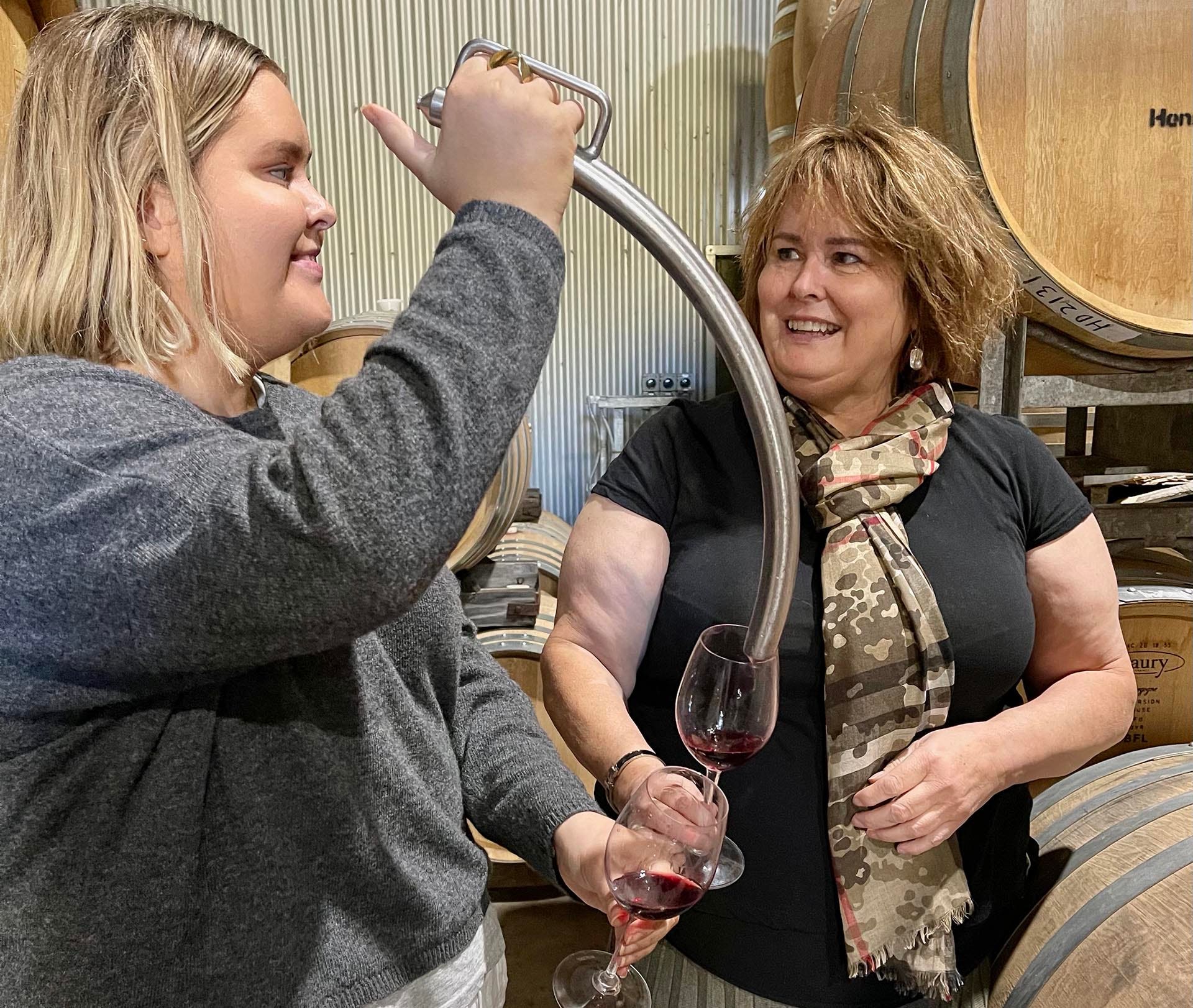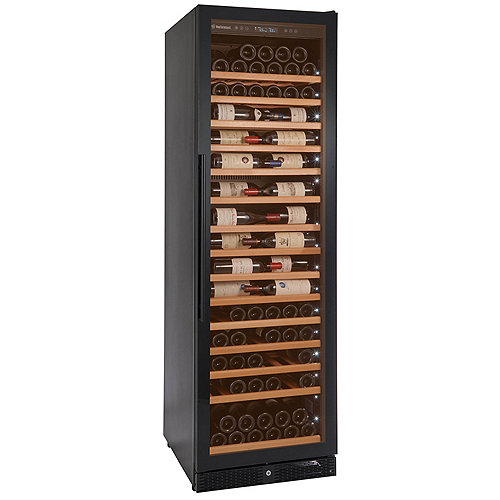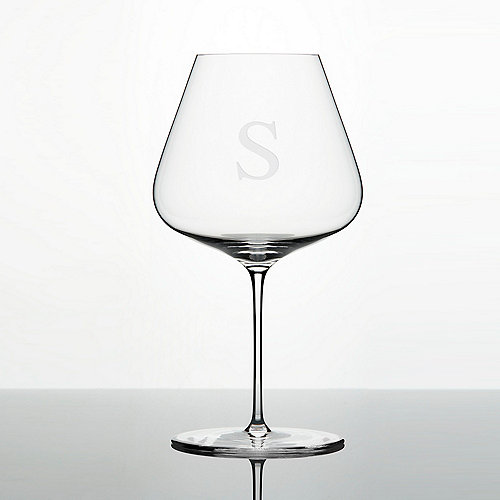Wine Enthusiast |
- Beyond Brunch: The Realities of Mother-Daughter Winemaking Teams
- In a Sea of Credentials, Wine Professionals Seek Meaning
- 10 Fabulous Oregon Pinot Noirs for Less than $30
| Beyond Brunch: The Realities of Mother-Daughter Winemaking Teams Posted: 07 May 2021 05:00 AM PDT  Kim and Margo Longbottom, the mother-daughter winemaking team at Australia's Vintage Longbottom, are planning a Champagne brunch for Mother's Day. "There's a great little restaurant that we frequent with a plant nursery attached out back," says Kim. Margo is looking forward to it. "Their philosophy is whatever they don't grow, they source locally," she says. "Mum and I are big fans of supporting local businesses." On Mother's Day, many people will spiritually or physically raise a glass to the matriarchs and maternal figures in their lives. How, though, do multigenerational winemaking families handle collaborations all other days of the year? Are there challenges to working alongside your parent or child in the cellar, vineyard or CEO's office?  Kim and Margo believe their closeness is an asset. "It strengthens our business," says Kim of their relationship. "We make sure we both stick to roles where we add the most value." Margo agrees. "We both find that we benefit from using each other as a sounding board, getting another perspective is integral to our growth," she says.
Growing up in the Padthaway region of South Australia, Margo spent a lot of time in the vineyards. Kim and her late husband, Mark Longbottom, released the first wine from their label Henry's Road in 1998, the year Margo was born. Kim and Margo launched Vintage Longbottom in 2018. They produce classic South Australian style wines from McLaren Vale and Adelaide Hills. Their relationship is useful from a marketing perspective, too. "Being a mother-daughter business gives us a unique story to tell," says Kim.  Austria's Netzl winery also began as a husband-and-wife operation. In the 1980s, Franz & Christine Netzl took over a farm in Austria's Carnuntum region. In 2007, Franz and Christine’s daughter, Christina, finished her studies in oenology and wine management in London and joined her parents at the winery. Sustainable farming was already a part of Netzl's mission, but it was Christina's influence that led to organic farming. Christina has embraced some of the challenges of working with family. "Each generation has its own opinion, and it is our job to bring them together and keep everybody happy," she says. Working with family has its benefits, too. "It is easier to work with people you've known all of your life," says Christina. "You don't have to explain certain things and ideas, because we understand each other's minds." This year, the family's Mother's Day celebration will be multigenerational. "We are celebrating Mother's Day with all of the mothers in our family together: my grandmothers, my mother, my mother-in-law and, of course, my daughters," says Christina.  Josè Rallo, CEO of Sicily's Donnafugata wines, also hopes to bring her extended family together for Mother's Day. Her parents, Giacomo & Gabriella Rallo, founded Donnafugata wines in 1983. Gabriella is a founding member of the Associazione Nazionale Donne del Vino (National Association of Wine Women). "Working together with my mother Gabriella has always been very inspiring for me," says Josè. "To see her so resourceful, dynamic and determined, it’s motivation to go ahead and give the best of me. "We do not always agree on everything, but I certainly recognize her great intuition and ability in both vineyard and design of our labels," she says. Gabriella is honored to have her daughter helm Donnafugata. "I am proud and thankful to see that the values of equal opportunities continue through the passionate work of my daughter in the family business," she says. For Mother's Day, Gabrielle and Josè plan to have traditional Sicilian dishes for lunch. "If possible, a third generation may join us on this occasion: my daughter, Gabriella, who bears the name of my mother," says Josè. "The wine for that special occasion will be a Cerasuolo from Vittoria, Floramundi, fruity and very soft. The perfect wine for us."  In Oregon, Angelica O'Reilly launched Nomen wine with her three eldest daughters: Brigid, Moira and Me-Z. If her name sounds familiar, it's because O'Reilly and her husband, David, are the founders of Owen Roe Wines. To celebrate the women in the wine industry and in her family, Angelica created Distaff Wine Company in 2019. Nomen is its first project. The name, Nomen, is more than a fun play on words. It's also Latin for "surname." Brigid believes her family's dynamic makes for a "more fun and creative environment" than other wineries. "We already know each other so well and are aware of each other’s strengths that we are able to encourage each other and work towards the same goal more effectively," she says. "One of our goals with our company is to highlight and support other women, and we will be doing just that on Mother’s Day," says Brigid. The O'Reilly women plan a special outdoor event for mothers and their families with live music, a brunch food truck and, of course, wine. "Our mom will be relaxing at her own table with a glass of rosé, and we have plans to finish off the day with a family dinner for her," says Brigid. |
| In a Sea of Credentials, Wine Professionals Seek Meaning Posted: 07 May 2021 04:30 AM PDT  Over the past year, an influx of entrepreneurs has entered the wine industry. Through job losses or reduced working hours, industry changes forced wine pros to find new ways of making a living. With restaurant shutdowns, many sommeliers moved to virtual spaces, where they live-streamed tastings and seminars, and cultivated social media brands. Consultants transitioned from curating restaurant wine lists to online wine clubs. To navigate these new ventures, wine professionals must stand out, and credentials can help establish authority. But with a wide variety of certificates and courses, how does one make sense of the most appropriate options to pursue? The wine-sales industry is split into two general categories: restaurants/hospitality (on-premise) and retail/distributor (off-premise). On the retail/distributor side, a credential from the Wine and Spirit Education Trust (WSET) or the Wine Scholar Guild (WSG) can help get a foot in the door. Vancouver-based Barbara Philip, MW, is a category manager for BC Liquor Stores, where she's responsible for European wine selections. She says that credentials help set a baseline for potential consultants who come in for an interview. "I know right away that we can have a certain conversation and that candidates are going to understand certain things," says Philip. Some self-employed wine experts believe more initials after their last name can lead to certain expectations of qualification. Boston-based wine educator Erika Frey has earned more than 25 certificates in wine, spirits and saké, which includes her WSET Diploma. Despite these achievements, she says there's an underlying pressure.  "As an educator, I feel like I always have to be one step ahead," says Frey. For Brianne Cohen, a consumer wine educator and communicator, the journey to complete her WSET Diploma helped her establish confidence and credibility. But she argues that knowledge is knowledge, no matter the source. "Would consumers know any different if I was street trained versus book trained?" says Cohen. "Nope, not at all." Cohen is unique. She doesn't plan to pursue additional credentials, but she sees their appeal. "The wine industry is full of overachievers and Type A personalities, and these certifications play into that," she says. "It's a topic that you never truly conquer, or you never truly know it all… It's a bit addicting." To become a sommelier, most students study through the International Sommelier Guild (ISG) or the Court of Master Sommeliers (CMS). But lacking institutional credentials isn’t always a deal-breaker. As beverage director for JF Restaurants in New York City, Amy Racine says she never specifies a certain credential in a job posting, nor does she make a request during the hiring process. "I am very clear about this during the interview," says Racine. "What we do seek is a desire to continue education. Programs aren’t for everyone, so we simply encourage a desire, and an action plan, to grow in the world of wine. It’s all about personal mindset and hunger for knowledge." Racine encourages coworkers to band together. "We encourage tastings organized by the staff on almost every property," she says. "They blind-taste and form their own self-study. We offer our space, stemware and even buying off the list at discounted rates for the cause." Virtual learning platforms have made it easier for people to self-study. The Wine Scholar Guild reported a 29% jump in registrations for online wine courses between 2019 and 2020. Lisa Airey, education director for the Wine Scholar Guild, says that most people she sees enroll aren't likely “credential collecting." "I'm sure some do, but most people who spend money on certification are doing so to empower themselves," says Airey.  Some people might want to improve knowledge for their job. Others who hope to enter the wine industry could believe a credential might help them get an interview. Airey says she notices a desire from students to specialize, which is where the Wine Scholar Guild offers a niche. "Our students are constantly asking 'What's next?' " says Airey. She says that 38% of students take more than one course. That mentality is engrained in wine lovers. Barbara Philip's journey to complete her Master of Wine took 12 years. But she recalls the passion that hooked her from the day she enrolled in WSET Level 1. "I think that happens to a lot of people," she says. "You have no idea that there’s so much to know about wine. There are so many different facets, whether it’s history or chemistry or microbiology or sociology, or the science of tasting. There are so many places you can go, and the knowledge can be so deep." For Frey in Boston, she believes that wine draws people in because of how it focuses the senses. "For those few moments while wine tasting, the purpose is to figure out what it's saying in the wine glass," says Frey. "There's such a focus on seeing, smelling and tasting that it's impossible to multitask." The wine industry is like a spiderweb. It's almost impossible to say which educational pursuits are worth it and which aren't. Aspects of each avenue can benefit people in different ways, which is part of the reason why it's appealing to strive for higher knowledge. As Cohen says, it's that addictive mentality that allows for success on social media. In our current, pandemic-altered world, there are near-infinite ways to share wine expertise. From YouTube channels or Instagram Live broadcasts to blogging or newsletters, all that seems to matter is that the content is free and easily digestible. Sometimes, a credential can boost a professional's number of followers, viewers or subscribers. But for some people, it doesn't take long for a well-established following to become the credential itself. |
| 10 Fabulous Oregon Pinot Noirs for Less than $30 Posted: 07 May 2021 04:00 AM PDT  Oregon has made a name for itself with Pinot Noir. These high-quality wines invite comparison to Burgundy rather often, since Oregon’s cool climate is perfect for fussy Pinot Noir. These versatile wines range from light and fruity to serious and ageworthy. Rosé of Pinot Noir and fascinating white Pinot Noirs are represented here as well. While pricey versions abound, we selected 10 beautiful and fun wines that can all be found for less than $30. Sun Break 2018 Marie-Paule Cortell-Rose Vineyard Pinot Noir (Eola-Amity Hills); $29, 93 points. This cuvée was half fermented with whole clusters. It’s a precise, focused wine—the blackberry and black cherry fruit has a gentle squirt of lemony acidity. It’s lively and clean, with no sulfites added, and a lovely showcase for this outstanding vineyard. Editors' Choice. Bryn Mawr Vineyards 2018 Pinot Noir (Willamette Valley); $28, 91 points. Most Bryn Mawr wines are estate grown. This is the exception, but shows the same careful hand at the winemaking tiller. It’s firm, well structured and deftly mixes savory, earthy flavors with tart berry fruit. It was barrel aged and a slender vein of caramel suggests that there was at least a small percentage of new oak. Haden Fig 2018 Pinot Noir (Willamette Valley); $26, 91 points. This is the most widely available Pinot from Haden Fig, sister winery to Evesham Wood. Scents of beetroot and wild cherry introduce a wine with varietal purity married to an earthy terroir. Presumably a blend from unused barrels for the single-vineyard cuvées, this is a solid, somewhat stiff young wine, with substantial tannins and a finishing hint of coffee. Drink now through 2026. Editors' Choice. Ponzi 2018 Tavola Pinot Noir (Chehalem Mountains); $27, 91 points. This widely available bottling is sourced from vineyards scattered across the Willamette Valley. Aromatic and bright, the sassy raspberry fruit dominates nose and palate, with drying tannins echoing through the finish. It was aged in 20% new French oak for just under a year. Editors' Choice. Stuart & Co. 2018 Love, Oregon Pinot Noir (Willamette Valley); $28, 91 points. This smooth and open young wine mixes a lush mash-up of purple fruits, notably plums and blueberries, with a gentle hint of tanned leather. The tannins are soft and smooth, making this a great candidate for drinking over the next two or three years. Editors' Choice. Trathen Hall 2018 Pinot Noir (Willamette Valley); $28, 91 points. Made from the Pommard clone, this brings a mix of cranberry, raspberry, plum and cherry fruit flavors, set upon a spine of stem tannins. Some 40% of the ferment was whole cluster, and all the oak used was neutral. The sturdy finish suggests midterm ageability. The fruit mix is excellent, the balance spot-on, and the value speaks for itself. Averaen 2019 Pinot Noir (Willamette Valley); $20, 90 points. This is a forward, tasty, fruit-driven style, loaded with fresh strawberries and raspberries. It opens broadly across the palate, lightly dappled with suggestions of popcorn and grain. Not for the cellar, but definitely for the table, it should be at its drinking best during the next three or four years. Samuel Robert 2019 Family Reserve Pinot Noir (Willamette Valley); $19, 90 points. Year in and year out this winery overdelivers at budget-friendly prices. This is a credentialed Pinot Noir with real power. There’s black cherry fruit at the center, and just-ripe tannins that leave a hint of tea. You may pick up a smoky scent that carries into the finish, and it should be remembered that there was smoke in some vineyards during this vintage. But barrels are smoky also, and all the components of this wine work synergistically. Drink now and over the next two or three years. Westmount 2019 Pinot Noir (Willamette Valley); $25, 90 points. With the sure hand of veteran Laurent Montalieu helming this value brand, the overall quality and balance is excellent. This textured and detailed wine has an interesting fruit-herb mix of wild red berries, lemon verbena, some bitter herbs and good, grippy tannins. Another year in the bottle should help to smooth any remaining rough edges. Winter’s Hill 2018 Watershed Pinot Noir (Dundee Hills); $25, 90 points. Estate-grown Dundee Hills Pinots are rare at this price. This palate-pleaser brings red berries, light fresh herbs and a hint of minerals into the mix. Partial whole cluster fermentation adds texture and length. |
| You are subscribed to email updates from Wine Enthusiast. To stop receiving these emails, you may unsubscribe now. | Email delivery powered by Google |
| Google, 1600 Amphitheatre Parkway, Mountain View, CA 94043, United States | |

















0 comments:
Post a Comment